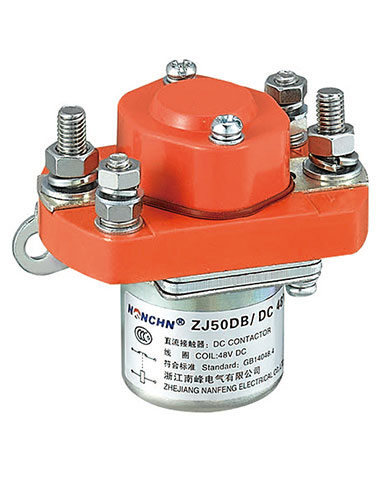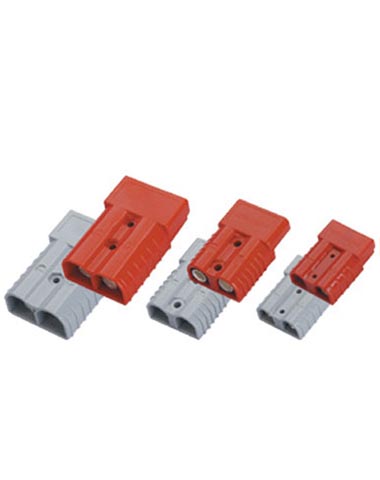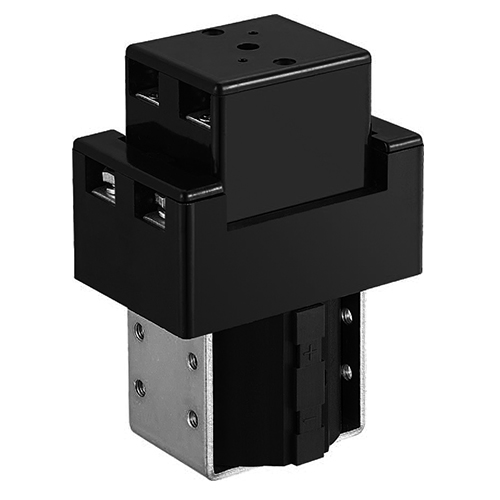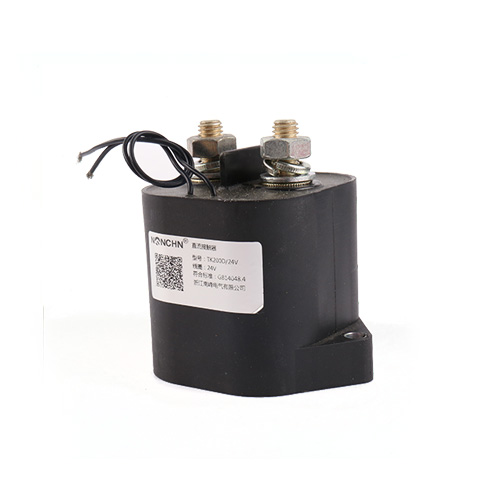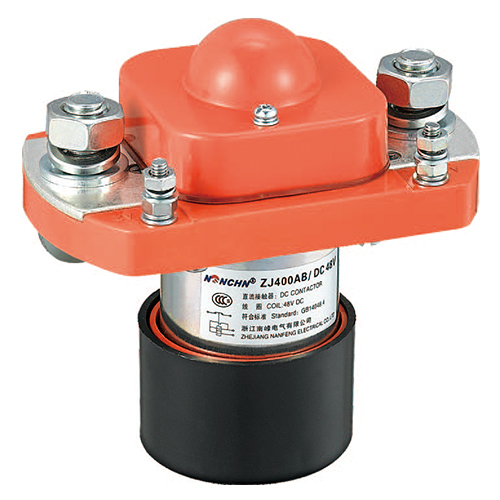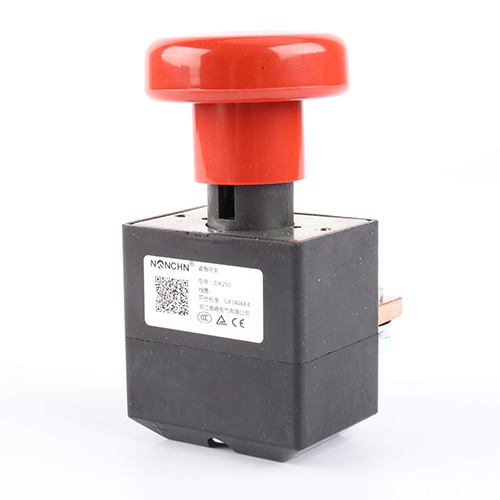In the bustling world of machinery, manufacturing lines, laboratories, and even amusement rides, safety reigns supreme. Among the most critical and universally recognized safety devices is the Emergency Stop Switch, often simply called an E-Stop. Its purpose is deceptively simple yet profoundly vital: to provide a rapid, reliable, and unmistakable means for a human operator to immediately halt potentially hazardous motion or process in an emergency situation, preventing injury to personnel or damage to equipment.
What is an Emergency Stop Switch?
- A manually operated safety tool designed to rapidly shut down equipment.
- Distinct from regular switches: For emergencies only, prioritizing immediate safety over normal operations.
- Visual cues: Typically a red button with a yellow background (highly visible).
- Compliance: Follows strict standards (ISO 13850, IEC 60947-5-1) for reliability.
How Does an Emergency Switch Button Work?
The core principle is interrupting power to the machinery's safety control circuit. Here's a simplified breakdown:
-
Normally Closed (NC) Contacts: Inside the emergency switch device, the critical safety contacts are Normally Closed when the button is in its ready position. This means electricity flows freely through them under normal operation, allowing the machine to run.
-
Activation: When the mushroom head is pressed, it triggers a mechanical action that forces these NC contacts to physically open. This breaks the circuit.
-
Circuit Interruption: This interruption in the safety control circuit is detected by the machine's safety relay or safety controller (PLC).
-
Initiate Shutdown: The safety system immediately initiates a controlled but rapid shutdown sequence. This typically involves:
-
Cutting power to motors, actuators, or other hazardous energy sources.
-
Applying brakes if necessary.
-
Closing valves (hydraulics, pneumatics).
-
Putting the system into a safe state.
-
-
Latching: The button remains depressed and locked in the "stop" position.
-
Reset: To restart the machine, the E-Stop must be manually reset. This usually involves twisting or pulling the mushroom head to release the latch and re-close the NC contacts. Crucially, resetting the emergency switch does not automatically restart the machine; a separate, deliberate start command is required after the cause of the emergency has been resolved.
What Are E-Stops Used For?
E-Stops are mandated safety features on virtually any equipment where unexpected motion or operation could cause harm:
-
Industrial Machinery: CNC machines, presses, robots, conveyors, assembly lines, packaging machines, plastic molding machines.
-
Material Handling: Cranes, hoists, forklifts (often on the dash or overhead guard).
-
Laboratory Equipment: Centrifuges, autoclaves, large analyzers.
-
Medical Devices: Surgical tables, imaging equipment (MRI, CT scanners), patient lifts, dental chairs.
-
Amusement Rides & Stage Equipment: Roller coasters, control panels for lifts and moving stages.
-
Transportation: Locomotive controls, some heavy vehicles.
-
Power Tools: Large stationary tools like table saws, band saws (often a paddle switch).
Conclusion
The Emergency Stop Switch is far more than just a red button. It is a meticulously designed, fail-safe guardian, representing a critical last line of defense in machine safety. Its singular, vital purpose – to enable anyone to halt danger instantly – makes it an indispensable component in protecting lives, preventing injuries, and safeguarding equipment across countless industries. Understanding its function, proper use, and limitations is essential for anyone working with or around machinery. Remember: Pressing the emergency switch should be a decisive action in an emergency, and resetting it should only happen once the path is clear and safe.
FAQ
Q: Can I use a regular stop button as an emergency switch?
A: Absolutely not. Regular stop buttons are for normal operation and lack the fail-safe design, positive opening contacts, latching mechanism, and high visibility required for an emergency function. Using one as an emergency switch is unsafe and non-compliant.
Q: How often should emergency switch be tested?
A: Regular functional testing is crucial (e.g., daily, weekly, or per manufacturer/site safety protocol). Testing verifies the switch activates correctly and initiates the intended shutdown sequence. Always follow lockout/tagout (LOTO) procedures before testing.
Q: Do emergency switch remove all energy (Lockout/Tagout)?
A: No. Emergency switch control the machine's safety circuit but typically do not isolate all energy sources (electrical, hydraulic, pneumatic, gravity, chemical). Lockout/Tagout (LOTO) procedures are ALWAYS required before entering a hazard zone for maintenance or repair, even after an E-Stop activation. E-Stop is for immediate danger mitigation; LOTO is for energy isolation during servicing.


